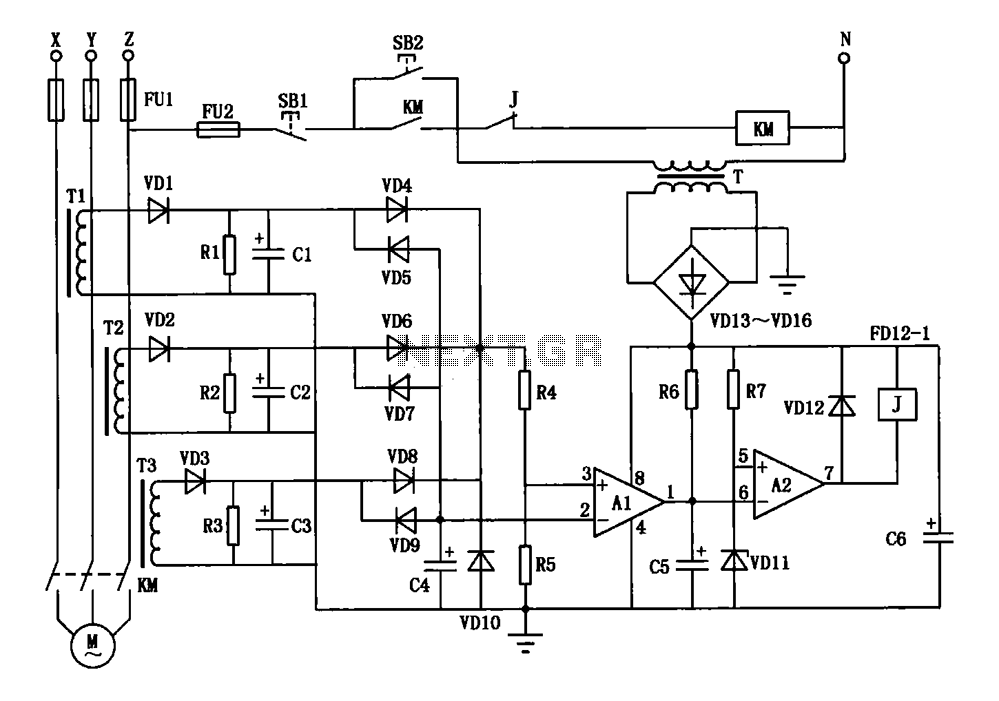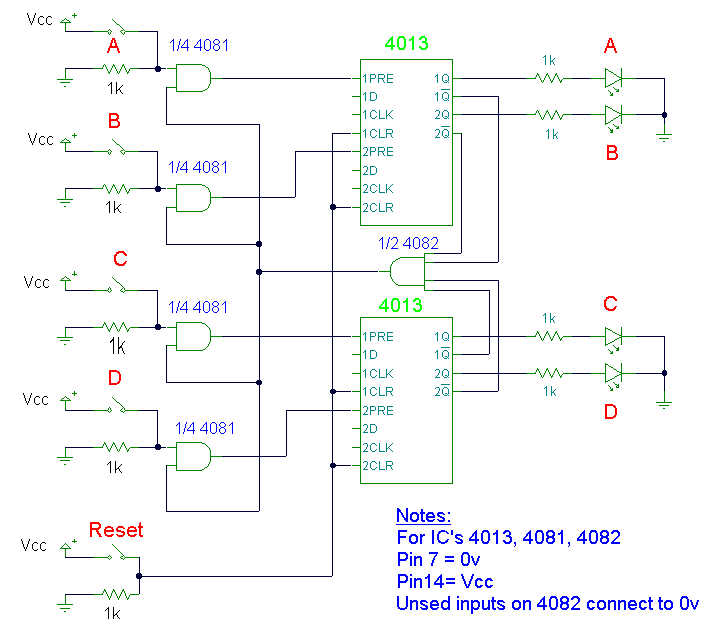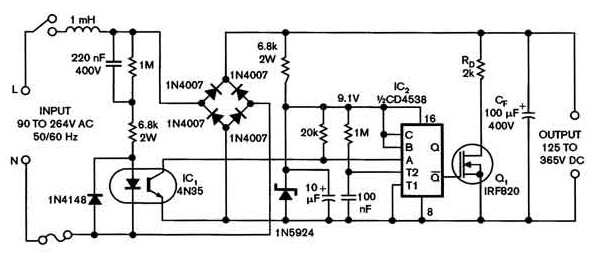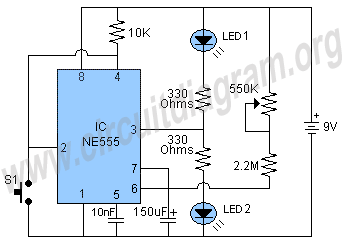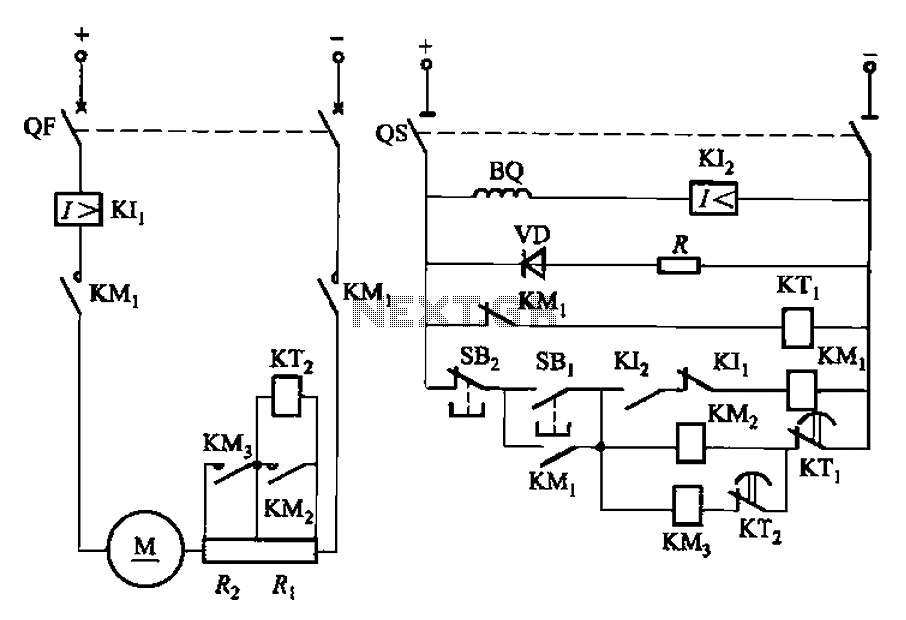
High Power Siren Circuit
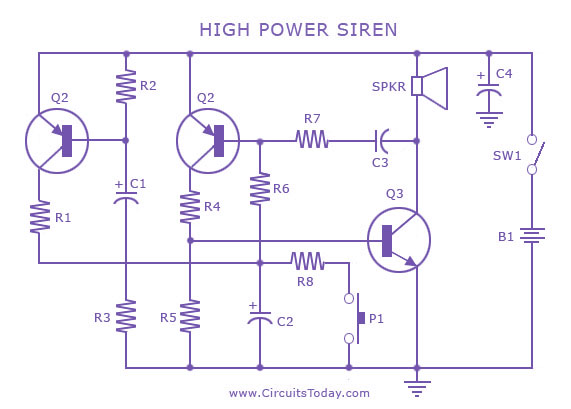
A siren circuit diagram that generates a strong, high-power siren or alarm sound using complementary transistor pairs BC 557 and BC 337, arranged as an oscillator.
The described siren circuit employs a pair of complementary transistors, BC 557 (a PNP transistor) and BC 337 (an NPN transistor), configured to function as an oscillator. This arrangement allows for the generation of a square wave signal, which is essential for producing the desired alarm sound.
In this circuit, the BC 337 transistor is responsible for switching the current on and off rapidly, while the BC 557 transistor provides the necessary gain and stability. The oscillation frequency can be adjusted by incorporating resistors and capacitors in the feedback loop. Typically, a resistor connected to the base of the BC 337 controls the charge time of the capacitor, while another resistor connected to the base of the BC 557 sets the discharge time. This interplay creates a continuous oscillation, resulting in a loud siren sound.
The output of the circuit can be connected to a loudspeaker or a piezo buzzer, which converts the electrical oscillations into audible sound waves. To enhance the sound output, a transformer may be added to step up the voltage before it reaches the speaker, ensuring a more powerful alarm signal.
Power supply considerations are also crucial for the operation of this circuit. It is typically powered by a DC source, which can range from 9V to 12V, depending on the specific application and desired sound intensity. Proper heat sinking for the transistors may be necessary to prevent overheating during prolonged operation, especially in high-power applications.
Overall, this siren circuit design is effective for various alarm systems, including security alarms, emergency notifications, and other applications where a loud alert is required. The simplicity of the circuit, combined with the effectiveness of the complementary transistor configuration, makes it a popular choice among electronics enthusiasts and professionals alike.A siren circuit with diagram, which produces a strong,high power siren or alarm sound using complimentary transistor pairs BC 557 and BC 337,arranged as oscillator.. 🔗 External reference
The described siren circuit employs a pair of complementary transistors, BC 557 (a PNP transistor) and BC 337 (an NPN transistor), configured to function as an oscillator. This arrangement allows for the generation of a square wave signal, which is essential for producing the desired alarm sound.
In this circuit, the BC 337 transistor is responsible for switching the current on and off rapidly, while the BC 557 transistor provides the necessary gain and stability. The oscillation frequency can be adjusted by incorporating resistors and capacitors in the feedback loop. Typically, a resistor connected to the base of the BC 337 controls the charge time of the capacitor, while another resistor connected to the base of the BC 557 sets the discharge time. This interplay creates a continuous oscillation, resulting in a loud siren sound.
The output of the circuit can be connected to a loudspeaker or a piezo buzzer, which converts the electrical oscillations into audible sound waves. To enhance the sound output, a transformer may be added to step up the voltage before it reaches the speaker, ensuring a more powerful alarm signal.
Power supply considerations are also crucial for the operation of this circuit. It is typically powered by a DC source, which can range from 9V to 12V, depending on the specific application and desired sound intensity. Proper heat sinking for the transistors may be necessary to prevent overheating during prolonged operation, especially in high-power applications.
Overall, this siren circuit design is effective for various alarm systems, including security alarms, emergency notifications, and other applications where a loud alert is required. The simplicity of the circuit, combined with the effectiveness of the complementary transistor configuration, makes it a popular choice among electronics enthusiasts and professionals alike.A siren circuit with diagram, which produces a strong,high power siren or alarm sound using complimentary transistor pairs BC 557 and BC 337,arranged as oscillator.. 🔗 External reference
